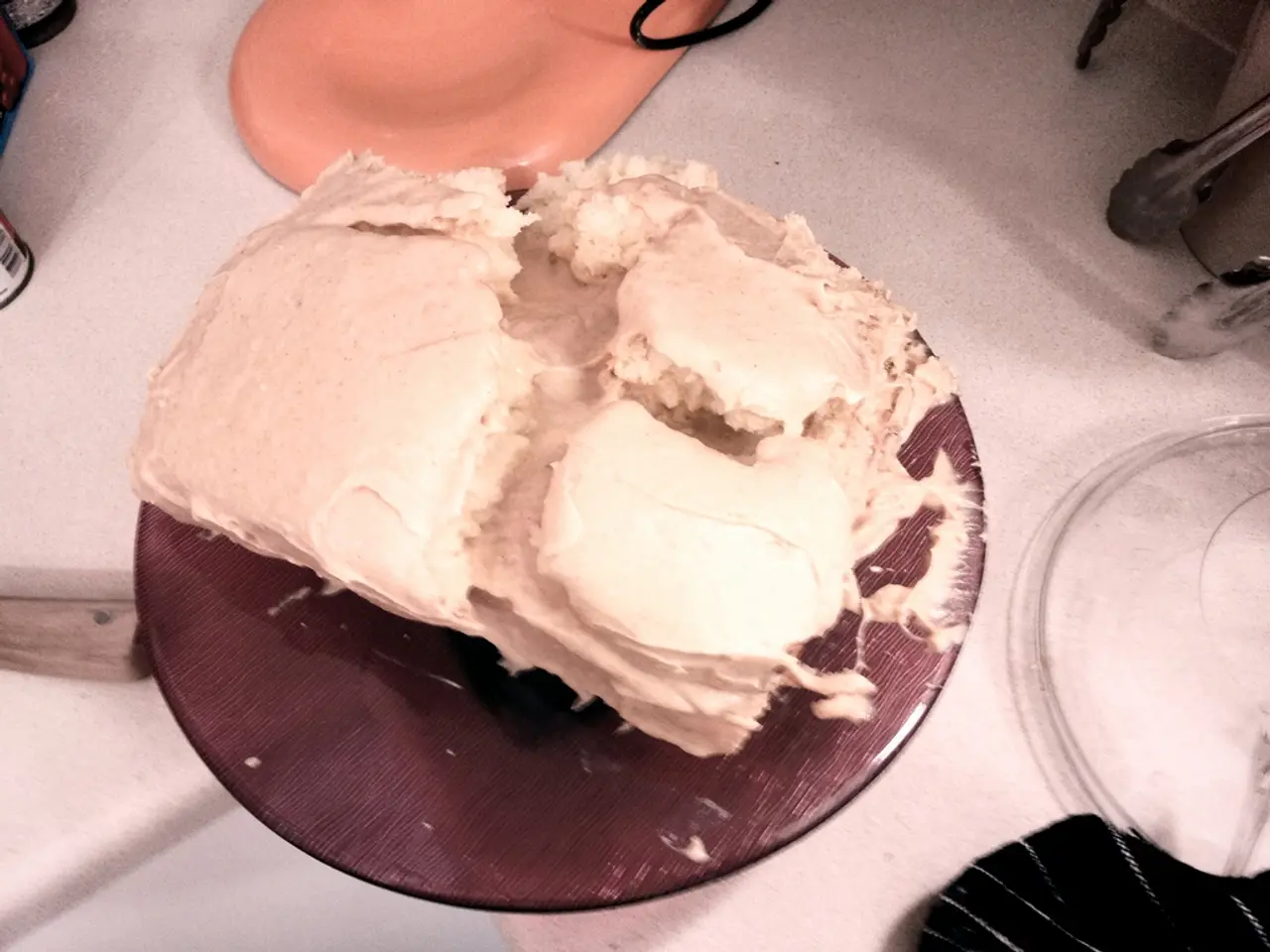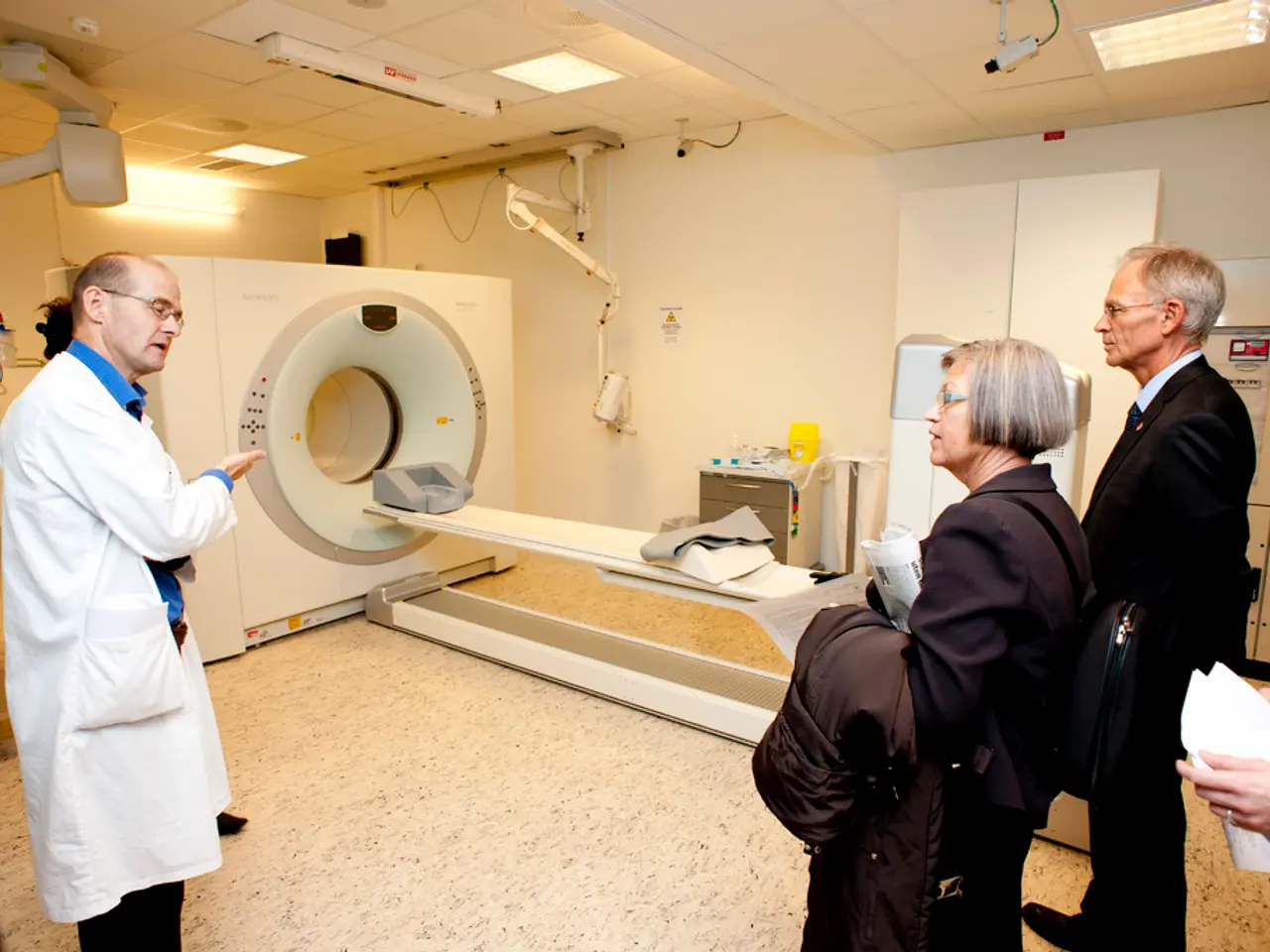Skin Imperfections on Arms: Keratosis Pilaris and Other Possible Causes
Itchy bumps on the arms can be a source of discomfort and concern for many individuals. These bumps can stem from various conditions, ranging from common skin issues to less frequent causes.
Keratosis pilaris, a condition characterised by skin-coloured, red, or brownish-black bumps, is one of the more common culprits. This condition occurs when hair follicles become blocked with a buildup of keratin, a protein found in the skin, hair, and nails. While the exact cause is unknown, researchers believe that families may carry the condition.
However, itchy bumps on the arms can also be a sign of eczema, particularly neurodermatitis, a form of eczema that typically appears on the arms and causes thick, scaly patches that begin with intense itching. Stress and anxiety can trigger this condition. Psoriasis, another chronic autoimmune skin condition, can create itchy, raised, scaly patches that may resemble bumps.
Allergic reactions and hives (urticaria) can also trigger red, raised, itchy bumps. These reactions can be caused by certain foods, medicines, or environmental factors. Warts, caused by human papillomavirus (HPV), and bacterial infections like impetigo can also cause red, itchy bumps or lesions.
Less common causes of itchy bumps on the arms include skin tags, cysts, and less frequently, heat rash, folliculitis, contact dermatitis, and acne.
If the bumps persist or worsen, medical evaluation is recommended for accurate diagnosis and appropriate treatment. Fortunately, there are various home care techniques and treatments available for managing these conditions. For instance, a combination of natural glycolic acid and salicylic acid may be effective in restoring skin texture, as seen in 70-80% of participants who used the combination.
Doctors can also recommend ways to help relieve itchiness and reduce the bumpiness of the skin caused by keratosis pilaris, including exfoliation and using a chemical exfoliator or keratolytic. In more severe cases, laser therapy may be recommended to reduce the bumps and any discoloration.
It is essential to remember that only a dermatologist can diagnose the cause of bumps on the arms. If you are experiencing itchiness, dryness causing discomfort, a displeasing appearance of the skin, or concerns about the underlying cause, it may be a good idea to contact a doctor.
While keratosis pilaris can sometimes be itchy, it is generally harmless and often resolves on its own. The condition is most likely to be noticed during winter months or when the skin is dry. At least 40% of adults may have keratosis pilaris, but these estimates are likely low as people often do not report the issue to their doctors.
In conclusion, itchy bumps on the arms can be a symptom of various conditions, from common skin issues like keratosis pilaris, eczema, and psoriasis, to less frequent causes such as allergic reactions, warts, and bacterial infections. By understanding these conditions and seeking appropriate medical advice, individuals can effectively manage and alleviate their symptoms.
- Keratosis pilaris often resembles itchy, skin-coloured, red, or brownish-black bumps on the arms, caused by a buildup of keratin in hair follicles.
- Eczema, particularly neurodermatitis, can manifest as thick, scaly patches on the arms that start with intense itching and are another possible cause of itchy bumps.
- Psoriasis, a chronic autoimmune skin condition, creates itchy, raised, scaly patches that may resemble bumps.
- Allergic reactions and hives can trigger red, raised, itchy bumps, caused by food, medicines, or environmental factors.
- Skin tags, cysts, heat rash, folliculitis, contact dermatitis, and acne are less common causes of itchy bumps on the arms.
- Various health-and-wellness products, like a combination of natural glycolic acid and salicylic acid, can help restore skin texture for managing these conditions.
- Dermatologists are the only professionals who can accurately diagnose the cause of bumps on the arms, offering appropriate treatment options.
- Keratosis pilaris, while itchy, is generally harmless and can resolve on its own, often noticeable during dry seasons and affecting at least 40% of adults.




